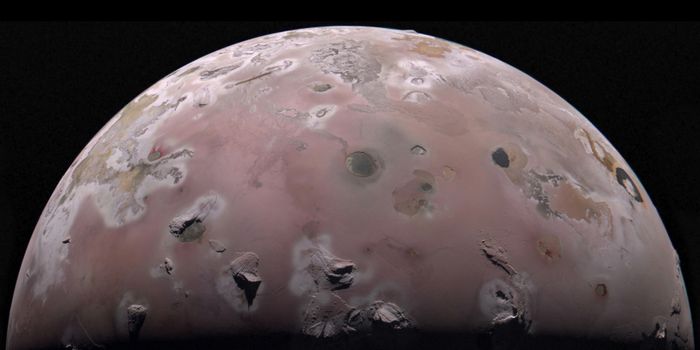Scientists Develop New, More Environmentally Friendly Method to Disinfect Water
Scientists at Georgia Institute of Technology have demonstrated how small shocks of electricity may be used to disinfect water. If the technology they developed was integrated into centralized water systems, it could dramatically reduce the energy consumption, cost, and environmental impact of current, traditional methods of water disinfection. Their study has been published in the journal Nature Water.
Even at this point in human history, bacterial contamination in water is a threat to public health: more than 650 million people around the world still lack access to clean water. Therefore, it is imperative to find efficient water disinfection methods. Antibacterial agents have been intensively studied for their antimicrobial applications in water; they act by interrupting cell functions and can break down bacteria on a timescale of minutes to hours. Chemical-based approaches are widely used. Strong oxidants, such as chlorine and ozone, can work much faster, but a higher dose is needed to shorten the treatment time. Chemicals can cause problems: they generate carcinogenic – cancer-causing – by-products and induce antimicrobial resistance. Thus, scientists have been trying to find alternative methods to try to reduce the negative environmental effects of traditional methods of water disinfection.
Alternative methods include exposing water to ultraviolet light, thermal treatments, and electric field treatments. The conventional electric field treatment (CEFT) process involves applying high-voltage electrical pulses between two parallel plate electrodes to generate a strong electric field. This strong electric field damages the cell membrane and induces cell inactivation. This method is quick, requiring only micro- to millisecond pulses, but requires an extremely high voltage (on the order of several tens of kilovolts). This can be dangerous if not done correctly and can use up large amounts of energy, making this an expensive method, hindering its wide application. However, this method has been used for food pasteurization.
The researchers wanted to see if they could find a way to make CEFT safer and cheaper. To do so, they created a locally enhanced electric field (LEEFT). The team had the idea to use electrodes that were decorated with nanoscale tip structures. When connected to electricity, they build up concentrated charges instantly and this enables the charges to travel to the membrane and kill the bacteria much faster.
The team developed lab-on-a-chip devices to test their LEEFT method. They fabricated two gold electrodes with gold nanowedges, one on each side of the chip surface. Then, they added model bacteria Staphylococcus to the chip, a commonly used bacteria in labs and one that is also found in water systems. Then it was time to apply the electric pulses and watch how the bacteria reacted in real time under a microscope. They applied 40 kilovolts per centimeter for 200 nanoseconds, which resulted in 95% bacteria inactivation. Compared to CEFT, this new LEEFT method lowered the applied electric field strength by a factor of eight and shortened the water treatment time by a factor of one million!
Although this technology was just tested on a small scale, the team wants to improve their method for real-world applications as this would be a much faster and cheaper method for water disinfection. This new technology could be integrated into the electric grid or even powered by batteries. This affordable sanitation option may lead to a future in which producing clean water would take much less of a toll on the environment and one where many more people could have access to safe drinking water.
Source: Georgia Institute of Technology








